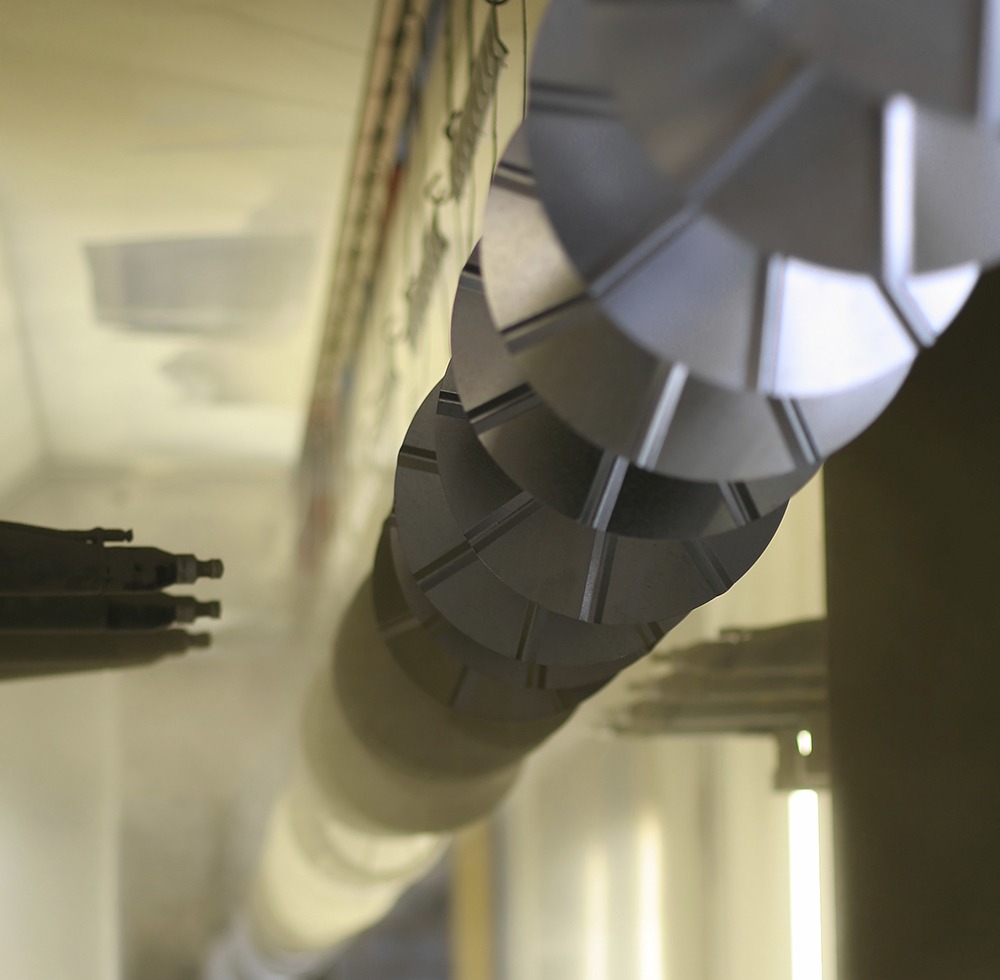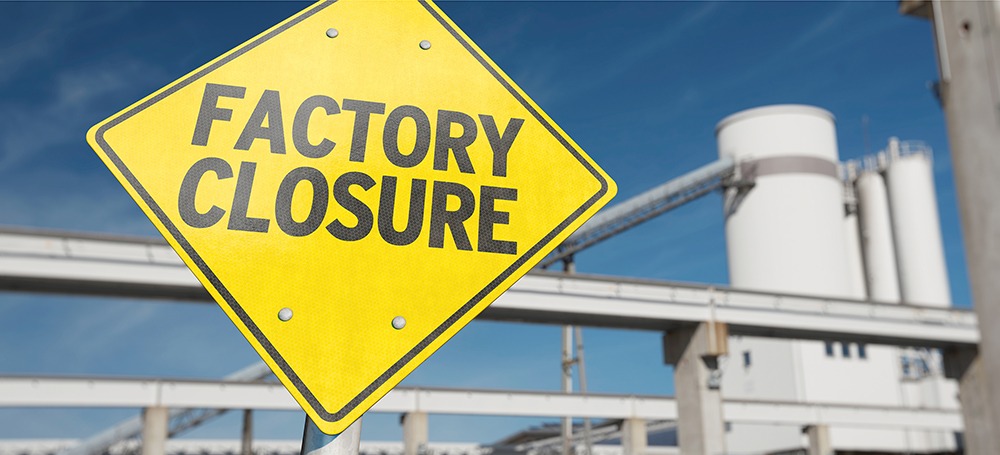
Consumer products
Our institutional knowledge and standardized approach allowed client to secure air permitting across facilities and states
20 state requirements
to comply with
50+ facilities
which we streamlined air permitting
Summary
- Our client faced an enforcement order from a U.S. Environmental Protection Agency (EPA) regional office. The order required the company to test one of its locations for compliance with air emissions regulations.
- To head off similar orders for other facilities, the client needed a partner that could evaluate more than 50 facilities in 20 states, each with different regulations.
- Haley & Aldrich’s team leveraged its intimate knowledge of the client’s operations and hard data to develop and advocate for our client’s air permitting approach with regulators.
- Our approach helped the client streamline air permitting compliance for more than 50 facilities and minimize ongoing costs related to permitting.
Client challenge
A consumer products processing company with locations nationwide faced an enforcement order from an EPA regional office. The order required the company to perform testing to determine a facility’s compliance with air emissions regulations. To get ahead of this challenge at its other locations, the client decided to proactively address potential emissions sources across the country — but a coast-to-coast response added complexity. They would need to evaluate more than 50 facilities in 20 different states with differing air regulations.
The company was concerned that if regulatory agencies viewed their processes as “unpermitted major sources of emissions,” state programs would escalate the facilities to federal regulatory programs — and trigger more enforcement actions. To avoid this, the client wanted to proactively lead negotiations with regulators beyond the initial region that had triggered the EPA order.
The client engaged our team to evaluate compliance and secure permitting for their facilities nationwide. Based on our trusted relationship with the client, our air quality team also partnered with them during regulatory agency negotiations. They knew we would combine our comprehensive understanding of their air emission sources with knowledge of regulatory flexibility to resolve their portfolio-level permitting needs.
Our approach
Haley & Aldrich’s air permitting team leveraged our intimate knowledge of the client’s operations, sound science, and hard data to proactively develop and advocate our client’s air permitting approach with the regulators. This allowed our client to positively and accurately frame their approach to address regulators’ main concerns.
For example, emissions are typically calculated based on the throughput of product. The key question, then, was how much product the facility could potentially process. Because we understood how the facilities functioned, we knew the process required mandatory downtime during product transfer and equipment maintenance. By taking this factor into account, the maximum amount of product throughput that could be processed in a year was reduced, thus lowering the estimate of total emissions the process could generate.
In addition, we knew that the processing of the product would generate wastewater containing oil and grease that required treatment prior to discharge. Because this one product was only a small fraction of the total product throughput of these facilities, the client’s wastewater treatment systems were not designed to handle the elevated concentrations of oil and grease. We evaluated the level of oil and grease that could be handled by these systems, which further limited the potential throughput of the product. Using these adjusted rates of product throughput allowed us to demonstrate to regulators that the facilities could not exceed emissions standards.
After supporting resolution of the EPA enforcement and creating a consistent approach for permitting of the first three facilities, we proactively applied the same approach to the remaining facilities across the United States. We looked at the data we collected, considered how stringent each state’s permitting requirements were, and prioritized which facilities would be permitted accordingly. Throughout the process, we empowered the client’s corporate engineers and equipped them with our deep institutional knowledge, so that once we had completed permitting for the portfolio, they were prepared to handle future permitting independently should any changes in processes occur.
Ultimately, the revised permit process we developed saved our client money by avoiding notices of violation and enabled their staff to make future permit modifications as needed.
Value delivered
- Applied our process engineering expertise to develop air compliance strategies for each facility and collectively for their facilities across the United States.
- Demonstrated air permitting compliance to regulators across the nation using our deep institutional knowledge and proactive approach
- Streamlined air permitting for 50+ facilities
- Minimized ongoing costs by empowering the client to manage future permitting
- Ensured client’s peace of mind that they were compliant with federal, state, and local regulations
For more information, contact:

Senior Associate, Chemical Engineer












